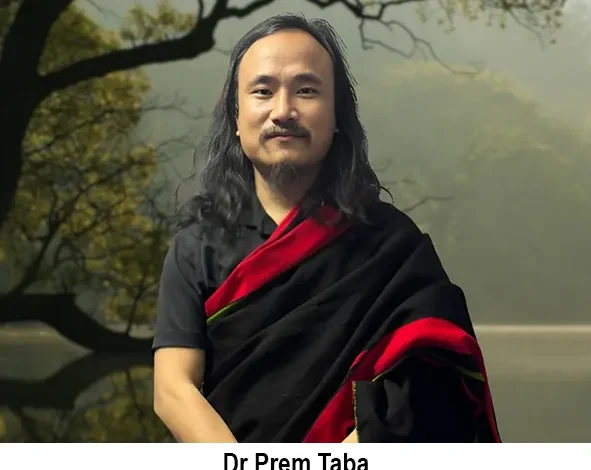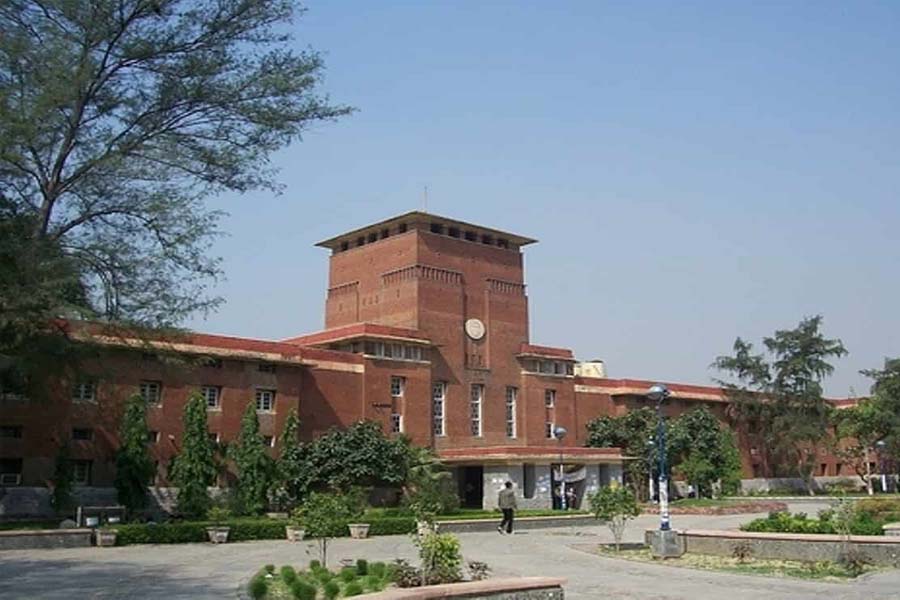So far 3 PhD research works have been done on Puroik community

Three Phd research work have been done so far on the marginalised Puroik community of the state.
Last week, PhD scholar from the mass communication department of Rajiv Gandhi University (RGU), Prem Taba, defended his PhDthesis titled ‘Study of Media Accessibility and Representation of the Puroiks of Arunachal Pradesh’. Earlier, in 2010, Dr David Pertin, joint registrar of the university, did his PhD in geography and his doctoral thesis was titled ‘The Puroiks of Arunachal Pradesh: A Study in Social Geography’, wherein Dr Pertin highlighted the distressing living conditions of the Puroiks, emphasizing their dual roles as slaves and masters of their own lives within their slave society. He advocated government support to emancipate the Puroiks from bondage.
Another scholar, Tayuk Sonam, of RGU’s political science department, in his 2016 doctoral thesis titled ‘Political Participation of Puroiks in Arunachal Pradesh: A Case Study of East Kameng District’ found that the level of awareness about political activities, rights and privileges among the Puroiks was minimal, owing to their living lives of destitutes. The study revealed that by taking advantages of their poor and ignorant nature, the Puroiks were used as bonded labourers, fully dominated over in the day to day economic and political affairs by its neighbouring tribes, particularly the Nyishis and the Sajolangs (Mijis).
Taba highlighted that his study investigates how accessible media (TV, newspapers, social media) areto the Puroik tribe and how well the tribe is represented in the media.
His thesis presents a comprehensive exploration of the media representation and accessibility of the Puroik community in Arunachal Pradesh and examines the historical and contemporary challenges faced by the Puroiks, including their experience as bonded labourers, marginalization, and limited access to education and economic opportunities.
Taba’s research investigates the role of the media in portraying the Puroik community, highlighting thelimited coverage and stereotypical representations. The thesis also examines the community’s cultural practices, language, and social structures.
Through a combination of survey data, content analysis and interviews, his study provides a meticulous understanding of the Puroik community’s experiences and identifies key areas for intervention.
“As we progress towards our 77th year of independence, it’s ironic that we still have families and communities around us under the shackles of slavery and oppression in India. Modern-day slavery is often hidden in plain sight, human beings have been trafficked for use as forced labour, prostitutes or even for the removal of their organs,” Taba said
In August 2018, a fact-finding committee’s visit was facilitated by the International Justice Mission to Arunachal to conduct a preliminary study on the practice of customary slavery prevailing among the tribal communities in the state. The committee reported in their findings that there are two forms of slavery happening in this region. They are distinct although not completely detached from one another. In both cases, the powerful communities of owners make a profit from the exploitation of the subservient communities, who have no means of escaping their fate of servitude, the research mentioned.
The first is the reality of the customary slavery practice that is prevalent within the Puroik community of Arunachal. Earlier referred to as ‘Sullung’, which means ‘slaves’ in the Nyishi language, the Puroiks have been under the serfdom of stronger tribes in the region, like the Nyishis and the Mijis, for centuries.
The slavery of the Puroik community (‘slavery’ is used here to include all the kinds of exploitation that they suffer; forced/child marriage, debt bondage, violence and abuse, and the loss of rights and freedoms), the poverty and financial instability of the Puroiks force them to take mortgages from their owners and they end up being obligated for life.
Taba’s PhD research says, “Every single Puroik family has a slave owner who decides the fate of their family members. This slave owner can sell or dispose of the Puroik children, especially girls, as brides ordomestic servants, as they please. These young slave brides are bartered for a few mithuns and accordingly these child brides are forced to marrymen old enough to be their grandfathers and are forced into a life of sexual slavery.”
Taba also highlights and emphasizes on his visits to one of the shelter homes, wherein he met a few young girls who were victims of forced childmarriage, who ran away with their infant childrenfrom such precarious situations.
Taba also highlights the abundance of media platforms in the state; however, news relating to the Puroik communities are rarely seen.
He also questions the media accessibility of the Puroiks and their minimum representation in the media. Questioning further while defending his thesis, he said, “If at all it is being represented, how is it being represented?”
Speaking on the significance of the study, Taba said that the research sheds light on the media experiences of a marginalised indigenous community, contributing to the broader discourse on indigenous rights and representation in the media. His research study offers valuable insights into the limitations of media accessibility and the challenges faced by the Puroik people in engaging with mainstream media, and thirdly, it identifies areas where media can beleveraged to empower the Puroiks and address the challenges they face.
While concluding the findings, he said that it contributes to the broader discussion on indigenous media representation and social justice. Additionally,it mentions that the thesis offers a valuable contribution to the literature on indigenous communities, media representation and social justice, providing practical guidance for policymakers, civil society organizations and the Puroik community itself, paving the way for future interventions to address the community’s challenges and promote their empowerment.
Taba’s supervisor, Prof Kh Kabi said, “Prem’s thesis is a unique and important contribution to the discourse on social change and indigenous identity. It sets a new standard for research, demonstrating the power of academic work to positively impact society. His work is a call to action for researchers in Arunachal Pradesh. By focusing on the needs of the Puroik community, his work demonstrates the profound impact that research can have on society. Researchers try to follow this example and use their research to enrich the state’s rich cultural history and address its pressing social issues.”





